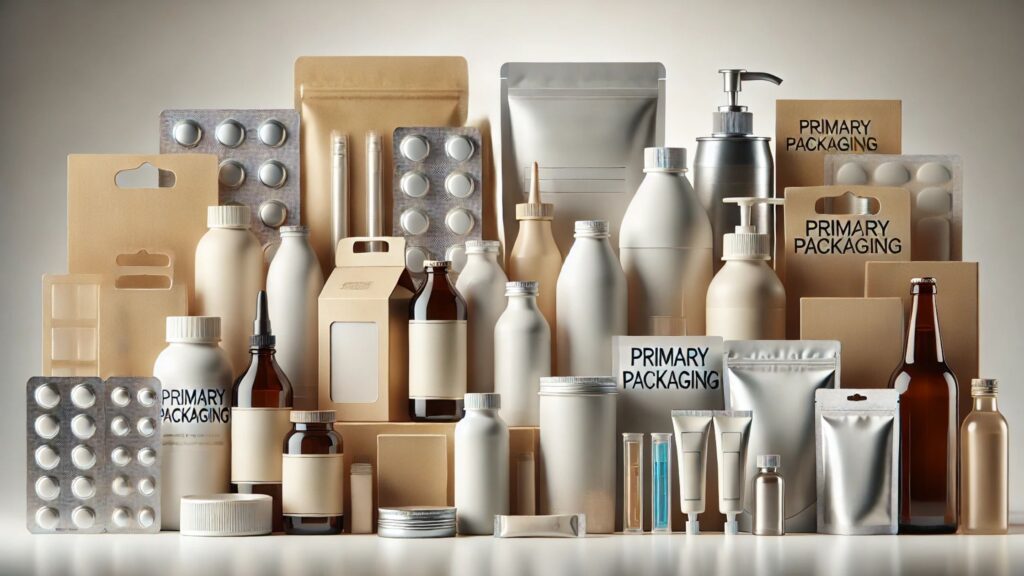What Is Primary Packaging: When it comes to product packaging, various layers serve different purposes. One of the most crucial layers is primary packaging, which plays a vital role in protecting and preserving the product. But what is primary packaging, and why is it so important? This guide will explore its definition, functions, types, and benefits.
What Is Primary Packaging?
Primary packaging is the first layer of packaging that directly encloses a product. It is in direct contact with the product and is designed to protect it from damage, contamination, and environmental factors. This type of packaging ensures product safety, maintains its quality, and enhances user convenience.
Functions of Primary Packaging
Primary packaging serves several essential functions, including:
- Protection: It safeguards the product from physical damage, moisture, light, and other external factors.
- Preservation: It helps maintain the product’s freshness, potency, and shelf life.
- Containment: It holds the product securely, preventing leaks, spills, or contamination.
- Convenience: It provides ease of handling, transportation, and storage for consumers.
- Branding & Communication: It serves as a marketing tool, displaying essential product information, branding elements, and instructions for use.
Types of Primary Packaging
The type of primary packaging used depends on the product category. Some common examples include:
- Bottles & Jars: Used for beverages, cosmetics, and pharmaceuticals.
- Blister Packs: Common for tablets, capsules, and small electronics.
- Cans: Used for food and beverages.
- Tubes: Found in cosmetics, pharmaceuticals, and toothpaste packaging.
- Boxes & Cartons: Used for food items, consumer goods, and electronics.
- Pouches & Sachets: Frequently used for snacks, condiments, and liquid products.
Benefits of Primary Packaging
Primary packaging offers several advantages for both manufacturers and consumers:
- Enhances Product Safety: Protects against contamination, tampering, and degradation.
- Improves Shelf Life: Helps in preserving freshness and extending usability.
- Boosts Brand Identity: Enhances product presentation and recognition.
- Ensures Compliance: Meets regulatory standards for food, pharmaceuticals, and other sensitive products.
Conclusion: What Is Primary Packaging
Understanding what is primary packaging is essential for businesses looking to enhance product safety, quality, and appeal. Whether it’s a bottle, blister pack, or pouch, primary packaging plays a crucial role in the product lifecycle. By choosing the right packaging materials and design, companies can ensure better protection, usability, and consumer satisfaction.
If you’re in the process of selecting primary packaging for your product, consider factors like material durability, regulatory requirements, and branding potential to make the best choice!
Related Articles
- The Art and Science of Packaging | Trends, History & Future
- The Future of Manufacturing: Primary Packaging Automation
- Chocolate Primary Packaging: Ensuring Freshness, Safety, and Appeal
- Pharmaceutical Primary Packaging: Ensuring Safety and Efficacy
- Primary Packaging Examples: Understanding Their Importance
- Primary Packaging vs Secondary Packaging: Understanding the Differences
- The Future of Smart Packaging: Innovation at Its Best
- The Importance of Industrial Packaging in Modern Supply Chains
- The Power of Brand Packaging: How It Shapes Consumer Perception
- The Art of Candy Packaging: More Than Just a Wrapper

